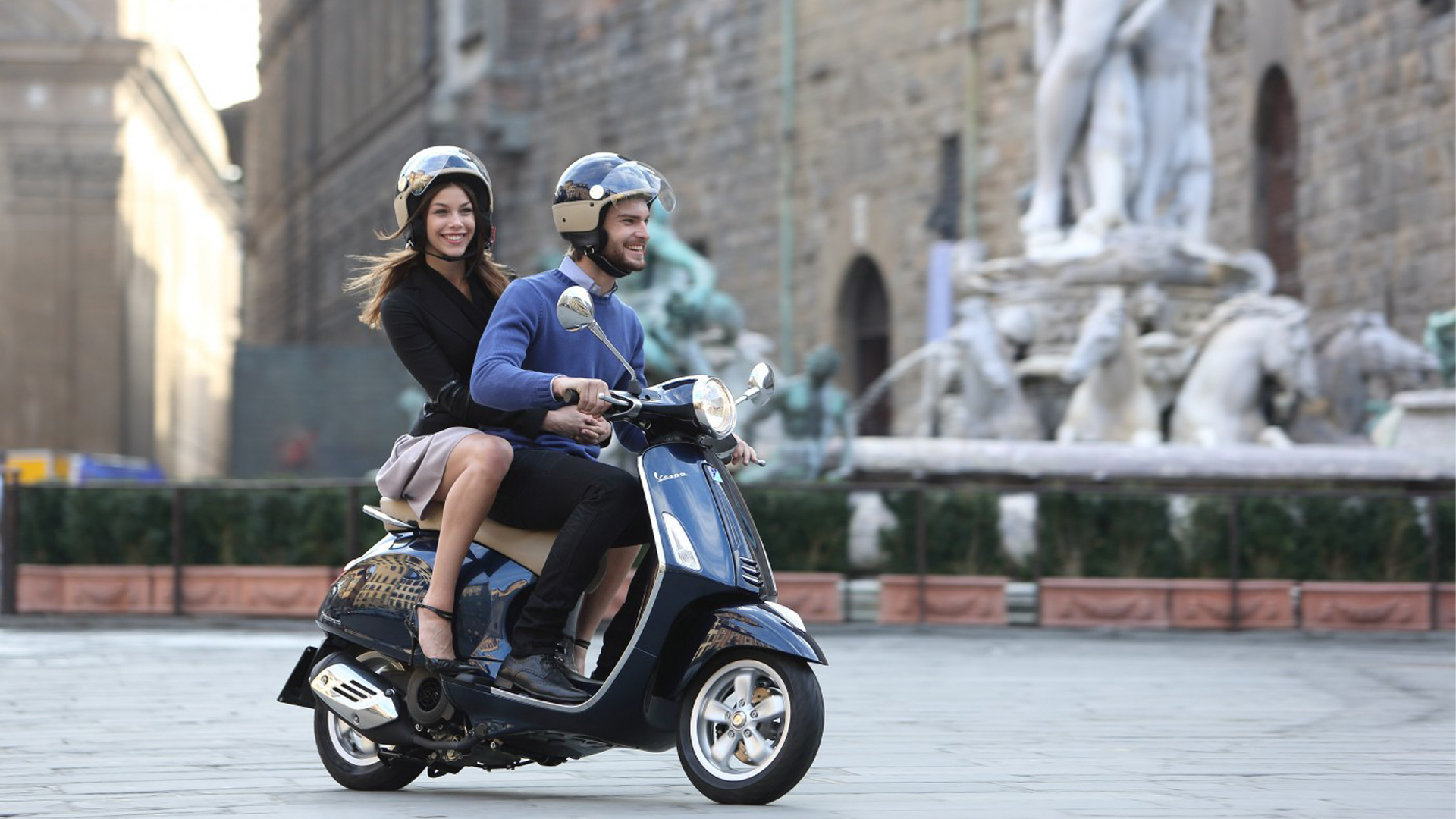One of Italy’s most defining and enduring symbols, apart from the classic pasta, pizza, and gelato, is arguably the Vespa – the small but mighty scooter that can be found freckling narrow cobblestone streets or whizzing around thoroughfares and ancient monuments. But where does this iconic scooter come from, and when did it become a symbol of Italian freedom?
Piaggio, a heavy engineering company, was formed in 1882 by Rinaldo Piaggo. It initially produced railway locomotives before moving into the military sector to supply the country with submarines, airplanes, trucks, trams, aircraft engines, and buses during World War I and II.

(Photo Credit: Scooteroma)
By the end of World War II, Italy desperately needed a new form of transportation, so Piaggio’s son Enrico designed the company’s first scooter, which proved to be a dud. He enlisted the help of famed aeronautical engineer Corradino D’Ascanio, who ironically hated the concept of scooters as he found them to be “too bulky,” to help redesign the scooter.
D’Ascanio’s designs for the new Piaggio scooter had a round rear, slim waist, and “antenna-like” handlebars. When Enrico first saw it, lore has it that he exclaimed “sembra una vespa!,” meaning “it looks like a wasp.” And so the iconic symbol of Italian mobility was born, and with it one of the most internationally recognizable scooter names.

The Vespa debuted in 1946 at the Rome Golf Club, where its unique and innovative design was an immediate people-pleaser. In 1947, Piaggio sold 2,500 scooters for a starting price of 55,000 lire, or $245. Just three years later, in 1950, the company sold 60,000 Vespas a year. The little scooter, with its distinct buzzing sound and vibrant colors, was soon immortalized in popular movies like the 1953 classic romantic comedy “Roman Holiday,” starring Audrey Hepburn and Gregory Peck, who explore the Eternal City on a Vespa.
The scooter’s starring role in the internationally-acclaimed film not only cemented it as a universal symbol of la dolce vita but also resulted in a surge in sales. By 1956, one million Vespas had been sold, and the two million mark was reached just four years later in 1960. Today, the Vespa has spread outside of Italy, nearly 20 million of them can be found zipping across roads on six continents across the world.
Asia London Palomba
Asia London Palomba is a trilingual freelance journalist from Rome, Italy. In the past, her work on culture, travel, and history has been published in The Boston Globe, Atlas Obscura, The Christian Science Monitor, and Grub Street, New York Magazine's food section. In her free time, Asia enjoys traveling home to Italy to spend time with family and friends, drinking Hugo Spritzes, and making her nonna's homemade cavatelli.


